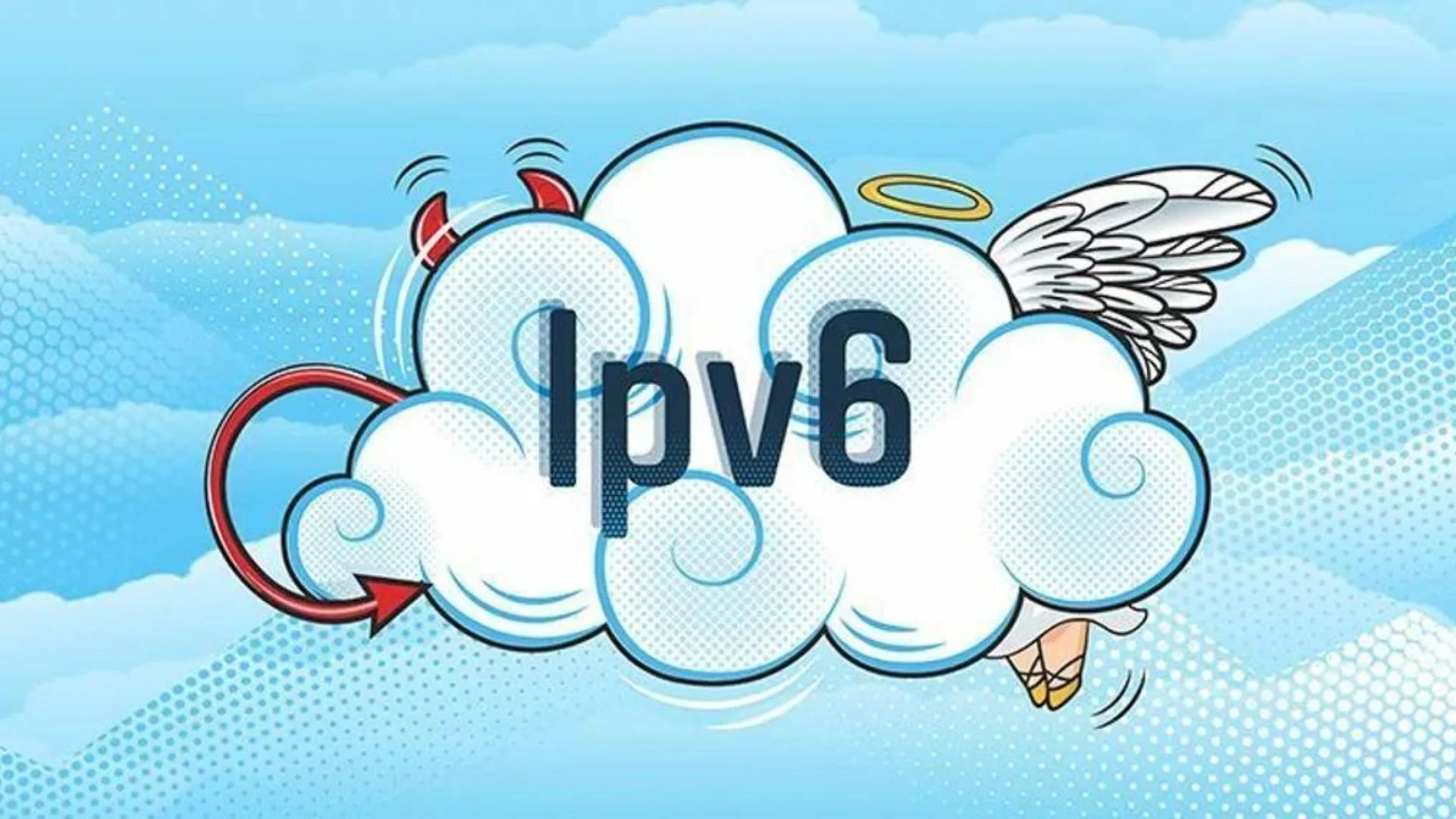The global adoption of the internet has led to a significant increase in the number of connected devices, from smartphones and laptops to IoT (Internet of Things) devices and servers. This rapid growth has placed a significant strain on the existing IPv4 (Internet Protocol version 4) address space, which provides a finite number of unique IP addresses (approximately 4.3 billion).IPV6-ASSIGNED – Fraud Risk
As the IPv4 address pool has been exhausted, the transition to IPv6 (Internet Protocol version 6) has become a necessity. IPv6 offers a vastly expanded address space, providing approximately 340 undecillion (340 trillion trillion trillion) unique IP addresses, addressing the limitations of the IPv4 protocol.
While the transition to IPv6 presents numerous advantages, such as improved network efficiency, enhanced features, and the ability to support the growing number of connected devices, it also introduces new security challenges that organizations must address to mitigate the risk of fraud and other malicious activities.
Fraud Risks in the IPv6 Ecosystem
As organizations and service providers migrate their networks and infrastructure to IPv6, they must be prepared to confront a range of fraud-related risks that are unique to the IPv6 environment. These risks include, but are not limited to:
Address Spoofing
One of the primary security concerns with IPv6 is the potential for address spoofing. IPv6 utilizes a different address structure compared to IPv4, which can make it easier for attackers to generate valid-looking IP addresses for malicious purposes. This can enable a range of fraud-related attacks, such as impersonation, phishing, and distributed denial-of-service (DDoS) attacks.
In the IPv4 world, address spoofing is often mitigated by techniques like ingress filtering, which checks the source IP address of incoming traffic to ensure it matches the expected network. However, the larger address space and dynamic nature of IPv6 can make it more challenging to effectively implement such controls, as the potential number of valid IP addresses is significantly greater.
Routing Vulnerabilities
The IPv6 routing infrastructure is more complex than its IPv4 counterpart, introducing new vulnerabilities that can be exploited by cybercriminals. Attacks targeting the routing system, such as route hijacking or prefix hijacking, can enable fraudulent activities like traffic redirection or man-in-the-middle attacks.
In a route hijacking scenario, an attacker may intercept and reroute network traffic by announcing false routing information, effectively taking control of the traffic flow. This can allow the attacker to monitor, modify, or even divert the traffic for fraudulent purposes, such as intercepting sensitive data or conducting man-in-the-middle attacks.IPV6-ASSIGNED – Fraud Risk
Similarly, prefix hijacking involves an attacker announcing a more specific prefix than the legitimate owner, effectively stealing a portion of the address space.
Transition Mechanism Vulnerabilities.
Attackers may target these transition mechanisms to bypass security controls or gain unauthorized access to network resources. For example, in a tunneling scenario, an attacker could potentially hijack the tunnel and intercept or modify the traffic, enabling fraud-related activities like credential theft or network infiltration.
Lack of Security Awareness
As organizations migrate to IPv6, there may be a lack of security awareness and expertise among IT professionals and end-users. This knowledge gap can make it easier for attackers to exploit vulnerabilities and carry out fraud-related activities, such as credential theft or network infiltration.
This can result in blind spots and gaps in an organization’s security posture, making it more susceptible to fraud-related attacks.IPV6-ASSIGNED – Fraud Risk
Lack of Security Controls
This can result in blind spots and gaps in an organization’s security posture, making it more susceptible to fraud-related attacks.
As organizations migrate to IPv6, they may need to invest in new security solutions or adapt their existing tools to ensure they can effectively monitor, detect, and respond to IPv6-specific threats, including those related to fraud.
Mitigating the Fraud Risks of IPv6 Adoption
To address the security challenges and fraud risks associated with the transition to IPv6, organizations should adopt a comprehensive approach that includes the following strategies:
Comprehensive Risk Assessment
Conduct a thorough risk assessment to identify and understand the specific fraud risks associated with the adoption of IPv6 within the organization’s infrastructure. This assessment should consider the unique characteristics of IPv6, the organization’s security controls, and the potential impact of various fraud-related attacks.IPV6-ASSIGNED – Fraud Risk
The risk assessment should evaluate the organization’s current security posture, identify potential vulnerabilities, and assess the likelihood and impact of various fraud-related scenarios, such as address spoofing, routing attacks, and exploitation of transition mechanisms.
Phased Migration and Pilot Testing
Adopt a phased approach to the migration from IPv4 to IPv6, with pilot testing and controlled deployment to identify and address any security issues before full-scale implementation. This can help organizations better understand the security implications and develop appropriate mitigation strategies.IPV6-ASSIGNED – Fraud Risk
Secure Transition Mechanisms
Robust Access Control and Authentication
Implement strong access control and authentication mechanisms, such as multi-factor authentication, to prevent unauthorized access and address the risk of address spoofing and impersonation attacks.
By requiring multiple forms of verification, such as a password, biometric data, or a one-time code, organizations can significantly reduce the risk of fraudulent access attempts and protect their systems and data from unauthorized access.
Network Monitoring and Threat Detection
Deploy comprehensive network monitoring and threat detection solutions that are capable of analyzing and responding to IPv6-specific security events. This can help organizations quickly identify and mitigate fraud-related activities.
These solutions should be able to detect and investigate suspicious patterns of activity, such as unusual traffic flows, anomalous routing behavior, or attempts to exploit vulnerabilities in the IPv6 infrastructure.
Incident Response and Forensics
This includes establishing clear incident response protocols, training incident response teams, and ensuring that the organization has the necessary tools and processes in place to collect and analyze relevant evidence in the event of a fraud-related attack.
Security Awareness and Training
Collaboration and Information Sharing
Engage with industry organizations, security communities, and government agencies to stay informed about the latest threats, best practices, and industry-wide efforts to address fraud risks in the IPv6 ecosystem.
By collaborating with other stakeholders, organizations can share threat intelligence, learn from the experiences of others, and contribute to the development of effective strategies for mitigating fraud-related risks in the IPv6 environment.

Conclusion
The transition to IPv6 presents both opportunities and challenges for organizations.

